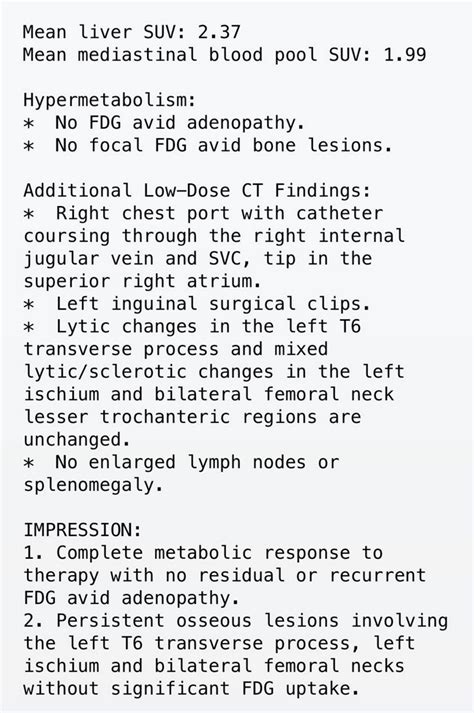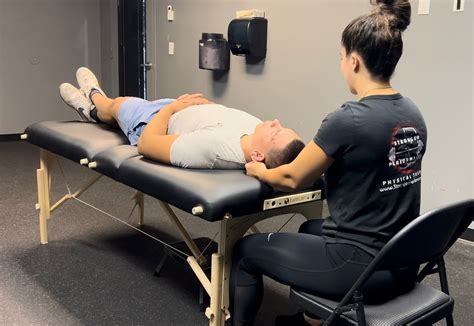Intro
Treat a twisted ankle with effective remedies and exercises, including ankle sprain treatments, pain relief, and injury prevention strategies for faster recovery and healing.
Ankle injuries are among the most common types of injuries, especially among athletes and individuals who engage in physical activities. A twisted ankle, also known as an ankle sprain, occurs when the ligaments that connect the bones in the ankle joint are stretched or torn. This can be a painful and debilitating injury that can affect daily activities. Understanding how to treat a twisted ankle is essential to promote healing, reduce pain, and prevent further complications.
The importance of proper treatment for a twisted ankle cannot be overstated. If left untreated or inadequately treated, a twisted ankle can lead to chronic pain, instability, and limited mobility. Moreover, untreated ankle sprains can increase the risk of developing conditions such as ankle arthritis, tendonitis, and chronic ankle instability. Therefore, it is crucial to seek medical attention if symptoms persist or worsen over time.
Ankle sprains can be classified into three grades, depending on the severity of the injury. Grade 1 sprains are mild, with minimal stretching of the ligaments, while grade 2 sprains involve partial tearing of the ligaments. Grade 3 sprains are the most severe, with complete tearing of the ligaments. Understanding the severity of the injury is essential to determine the best course of treatment.
Treatment Options for a Twisted Ankle

Treatment for a twisted ankle typically involves a combination of self-care measures, physical therapy, and medical interventions. The primary goal of treatment is to reduce pain, promote healing, and restore function and mobility to the ankle joint. Self-care measures such as rest, ice, compression, and elevation (RICE) are often recommended to reduce pain and inflammation.
Self-Care Measures
Self-care measures are essential in the initial stages of treatment. The RICE principle is a widely recommended approach to reduce pain and inflammation. Rest involves avoiding activities that aggravate the injury, while ice helps to reduce pain and inflammation. Compression involves using an elastic bandage to compress the ankle, and elevation involves elevating the ankle above the level of the heart to reduce swelling.Physical Therapy for a Twisted Ankle

Physical therapy plays a crucial role in the treatment of a twisted ankle. A physical therapist can help to design a rehabilitation program that promotes healing, improves mobility, and strengthens the ankle joint. Exercises such as ankle circles, toe raises, and heel raises can help to improve range of motion and strength.
Exercises for a Twisted Ankle
Exercises are essential to promote healing and improve mobility. Ankle circles involve rotating the ankle in a circular motion, while toe raises involve raising the toes up and down. Heel raises involve raising the heel off the ground and standing on the toes. These exercises can help to improve range of motion, strength, and flexibility.Medical Interventions for a Twisted Ankle

Medical interventions may be necessary in severe cases of ankle sprains. Pain relief medications such as acetaminophen or ibuprofen can help to reduce pain and inflammation. In some cases, surgery may be necessary to repair torn ligaments or stabilize the ankle joint.
Surgical Options
Surgical options are typically reserved for severe cases of ankle sprains. Surgery may involve repairing or reconstructing torn ligaments, removing loose fragments of bone or cartilage, or stabilizing the ankle joint. Surgical options can help to promote healing, reduce pain, and improve mobility.Preventing Future Injuries

Preventing future injuries is essential to reduce the risk of chronic ankle instability and other complications. Wearing proper footwear, using ankle supports or braces, and engaging in exercises that strengthen the ankle joint can help to reduce the risk of future injuries.
Ankle Strengthening Exercises
Ankle strengthening exercises can help to improve mobility, reduce pain, and prevent future injuries. Exercises such as single-leg balance, ankle hops, and calf raises can help to strengthen the ankle joint and improve overall ankle function.Conclusion and Next Steps

In conclusion, treating a twisted ankle requires a comprehensive approach that involves self-care measures, physical therapy, and medical interventions. Understanding the severity of the injury and seeking medical attention if symptoms persist or worsen over time is essential to promote healing and prevent further complications. By following these steps and taking preventative measures, individuals can reduce the risk of future injuries and improve overall ankle function.
We invite you to share your experiences and ask questions about treating a twisted ankle. Your feedback is essential in helping us to improve our content and provide more informative and helpful articles. Please feel free to comment below or share this article with others who may benefit from this information.
What are the symptoms of a twisted ankle?
+The symptoms of a twisted ankle include pain, swelling, bruising, and limited mobility. In severe cases, individuals may experience instability or weakness in the ankle joint.
How long does it take to recover from a twisted ankle?
+The recovery time for a twisted ankle can vary depending on the severity of the injury. Mild ankle sprains can take 2-4 weeks to recover, while more severe injuries can take 6-12 weeks or longer to recover.
How can I prevent future ankle injuries?
+To prevent future ankle injuries, individuals can wear proper footwear, use ankle supports or braces, and engage in exercises that strengthen the ankle joint. It is also essential to warm up before exercising and to avoid sudden changes in direction or speed.
